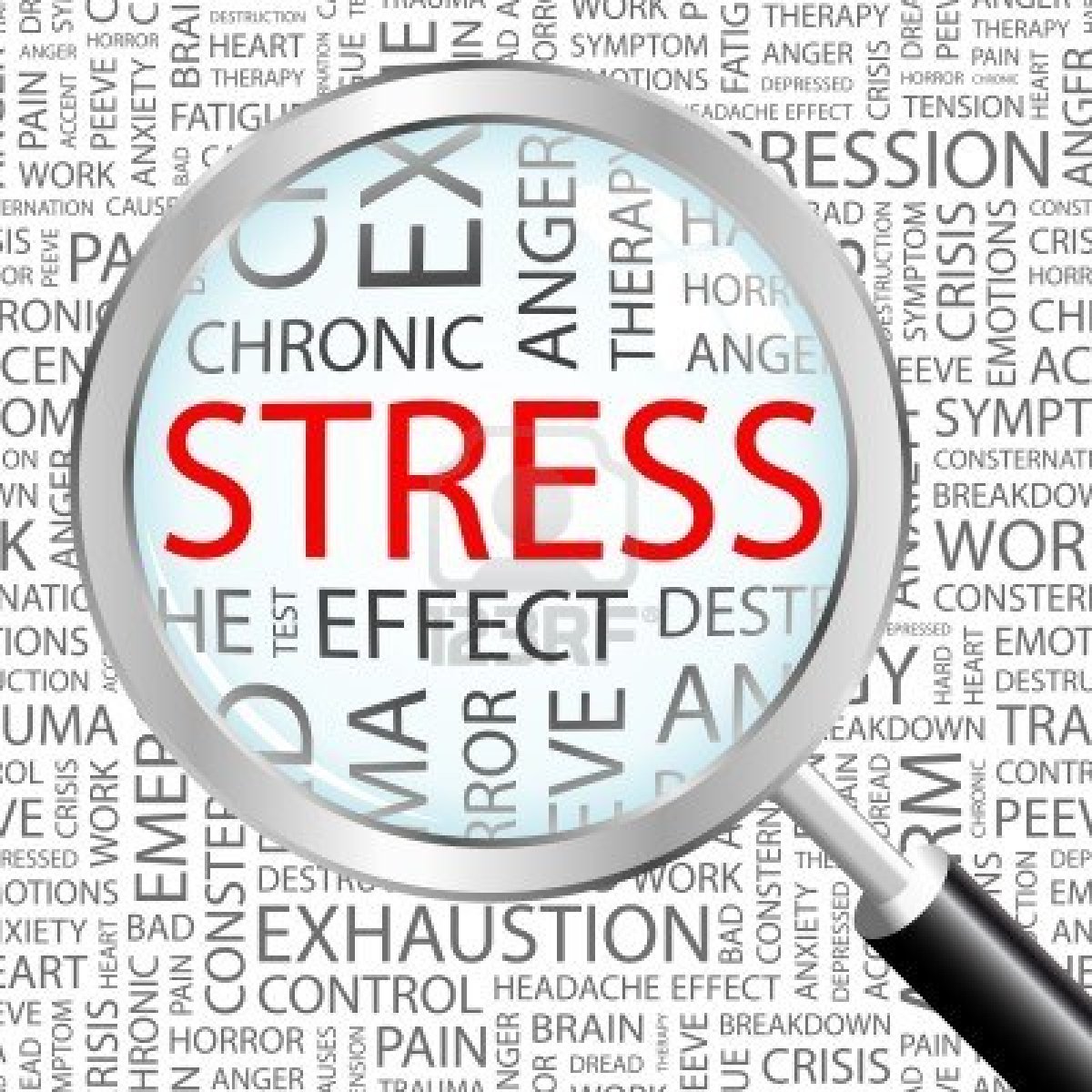
Here we see how stretch impacts coronary illness and the connection between physical inertia and coronary illness, in light of the fact that the two are particularly related.
Stress is the body’s regular response to a prompt risk or peril. When you see a vehicle hustling towards you, you should respond quickly to that “genuine risk”. The mind discharges adrenalin, which enables you to move rapidly and expands your pulse and your circulatory strain. Blood stream is redirected to the extensive muscles, essentially the legs. You run or hop out of the way of the vehicle. At the point when the danger has passed, your pulse starts to come back to ordinary and the body starts to approach its standard business of assimilation, cell fix, and so forth.
Transient pressure caused by a genuine risk does not cause sickness. Momentary pressure caused by the passing of a friend or family member, the departure of an occupation, separate or different issues, is normally settled after a period. Unnecessary pressure that isn’t settled, not alleviated, can cause physical and psychological maladjustment. It has been said that business related pressure is the “ecological” reason for diseases of various types.
How stretch impacts coronary illness is identified with the synthetic compounds that the body discharges (adrenalin, cortisone, epinephrine, and so on.). Expanded circulatory strain, on the present moment business-related isn’t risky, yet unabated hypertension is one of the significant hazard factors for creating coronary illness. Moreover, the transient arrangements that individuals use to diminish pressure, for example, gorging, liquor misuse, tranquilize misuse and cigarette smoking, are for the most part harming to the wellbeing of the heart.
Interminable pressure regularly prompts either gloom or uneasiness, both of which can be exacerbated by those equivalent momentary arrangements referenced previously. Stress, likewise depletes the body’s stores of nutrients, minerals and different supplements, leaving the over-focused on people in a condition of “under-sustenance”, if not malnourishment. Without satisfactory sustenance, the heart can’t work appropriately for long.
The connection between physical latency and coronary illness has to do with various components. The heart is a “solid organ”. Ordinary exercise expands muscle quality. The most ideal approach to practice the “heart muscle” is to move. An ordinary day for a large number of us goes something like this.
We sit at a work area, gazing at a PC screen for eight hours. We commute home (all the more sitting). We take a seat before the TV. We go to bed. Some place in there, we invest energy with our companions or friends and family, regularly while sitting. The main time that the pulse increments is the point at which we drink the some espresso, as a result of the caffeine, when somebody cuts us off in rush hour gridlock or when the manager hollers at us. As such, as a result of day by day push, which we have effectively learned is undesirable for our heart.
Sooner or later amid the day, it is a flat out need to walk, run, move, bicycle or accomplish something that expands the pulse for the correct reasons. These exercises are generally alluded to as “cardio”, in light of the fact that they advantage the heart muscle.
An individual who is inactive for a long time will in all likelihood end up overweight or corpulent. Their circulatory strain will go up. Their cholesterol check will go up. Also, despite the fact that they are overweight, they are not all around supported. Their heart muscle will in the long run wind up flimsier and more fragile and at last will fall flat, if the supply routes are not obstructed first.
At that point we go to the connection among stress and physical movement. Physical action is one of the plain best characteristic pressure relievers. Individuals who are physically dynamic rest better and are commonly increasingly loose.
Focuses to Remember
Transient pressure builds the body’s requirement for nutrients and fundamental supplements. Momentary pressure isn’t destructive.
The most ideal approach to manage day by day pressure (irate supervisors, congested roads, and so on) is to be all the more physically dynamic. It is likewise critical to rehearse great sustenance.
 Bring Your Best You Your No.1 Healthy Lifestyle Blog
Bring Your Best You Your No.1 Healthy Lifestyle Blog



